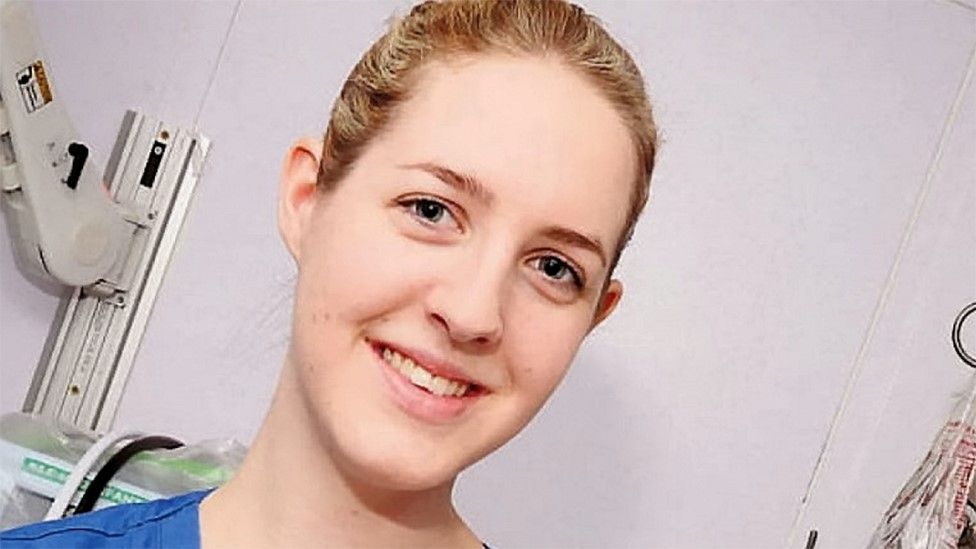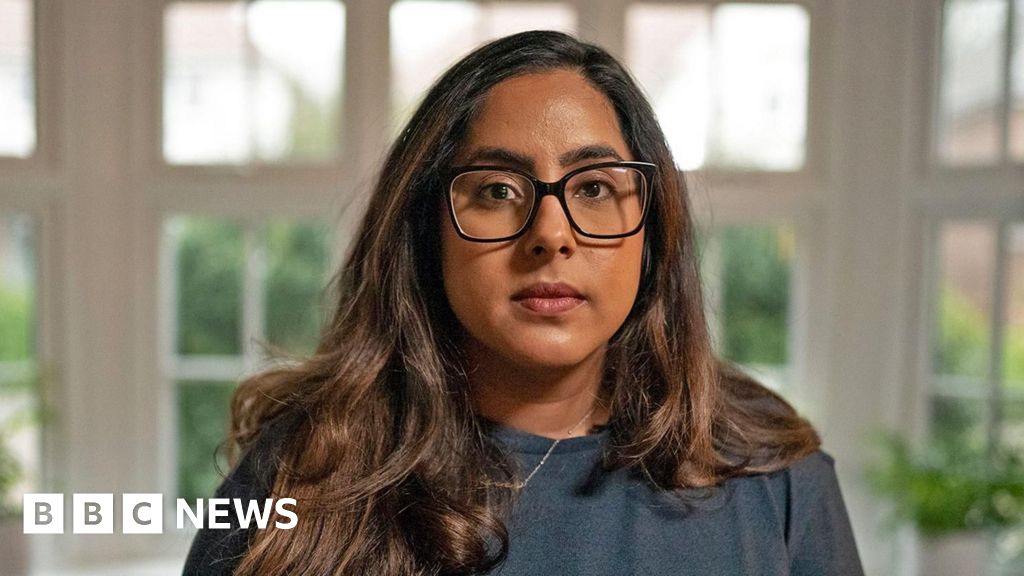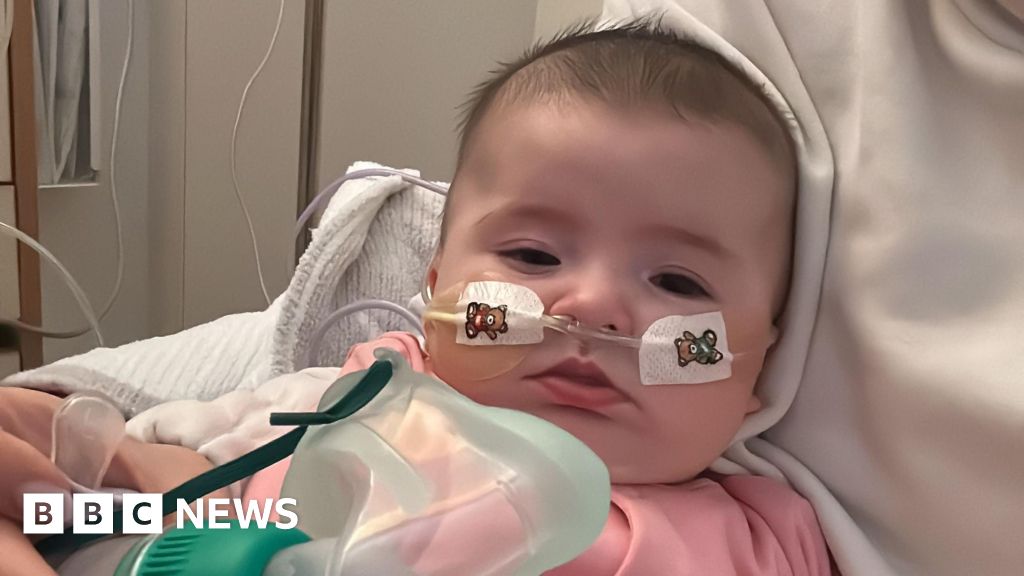ARTICLE AD BOX
 Image source, SWNS
Image source, SWNS
Lucy Letby is accused of murdering seven babies and trying to kill 10 others
A line of gas in front of the spine was an "unusual finding" on the post-mortem X-ray of a baby allegedly murdered by nurse Lucy Letby, her trial has heard.
Paediatric radiologist Dr Owen Arthurs said its appearance was "consistent with, but not diagnostic, of air having been administered".
The nurse has been accused of killing seven babies and attempting to murder 10 others at Countess of Chester Hospital in 2015 and 2016.
The 32-year-old denies 22 charges.
Ms Letby, 32, is accused of injecting air into the bloodstream of the newborn twin, referred to in court as Child A, who died on 8 June, a day after his premature birth.
Lucy Letby has been described as a "poisoner at work" on the ward
Jurors at Manchester Crown Court were told Dr Owen Arthurs, professor of radiology at London's Great Ormond Street Hospital, had been instructed to review X-rays taken of Child A, when alive and after death, as well as other babies in the investigation.
Looking at one of the post-mortem X-rays, he highlighted to the court there was gas within the bowel, he said a normal feature, and also the heart.
Prosecutor Nick Johnson QC asked if there was anything unusual about the X-ray.
Dr Arthurs replied: "You can also see a line of gas just in front of the spine. That is an unusual finding."
He said such an image would not be seen in deaths by natural causes but had been documented in cases of road traffic accidents and sepsis infection.
"In my opinion this was an unusual appearance. In the absence of any other explanation this appearance is consistent with, but not diagnostic, of air having been administered," he said.
Dr Arthurs said he could not say from the image alone that an air embolism, a gas bubble which enters a blood vessel, was the cause of Child A's death.
Image source, PA Media
Image caption,The nurse worked on the neonatal ward at Countess of Chester Hospital
The court previously heard that Child A did not have intravenous fluids for up to four hours on 8 June before he received glucose through a "long line" plastic tube at 20:05, shortly after the Ms Letby came on duty.
Earlier on the shift a cannula to a blood vessel stopped working, followed by two failed attempts to correctly insert a catheter in the belly button.
Dr Arthurs told the court it was "possible" that gas could have been introduced by one of those devices.
Mr Johnson asked: "Have you ever seen this much gas in a baby that has not been explained?" to which Dr Arthurs replied: "Only in one other case."
Peer-reviewed study
When Mr Johnson said: "One of the other children in this case?", the doctor replied: "That's right."
Dr Arthurs said he based his opinion on a published peer-reviewed study in 2015 which looked at how common it is that gas occurs in older children who have died, albeit with "very few babies" included in the study.
He went on to review the deaths of 500 infants at Great Ormond Street.
The radiologist also reviewed the X-rays of Child A's twin sister, Child B, who Ms Letby is accused of killing by an injection of air on the following night shift at the neo-natal unit.
Dr Arthurs said he found "no significant abnormalities" on her radiographic images, including on a X-ray taken 40 minutes after she suffered a sudden collapse, which the prosecution say Ms Letby was responsible for.
The nurse, originally from Hereford, denies all the offences, which are said to have been committed between June 2015 and June 2016.
Why not follow BBC North West on Facebook, Twitter and Instagram? You can also send story ideas to northwest.newsonline@bbc.co.uk
Related Internet Links
The BBC is not responsible for the content of external sites.

 2 years ago
30
2 years ago
30








 English (US) ·
English (US) ·